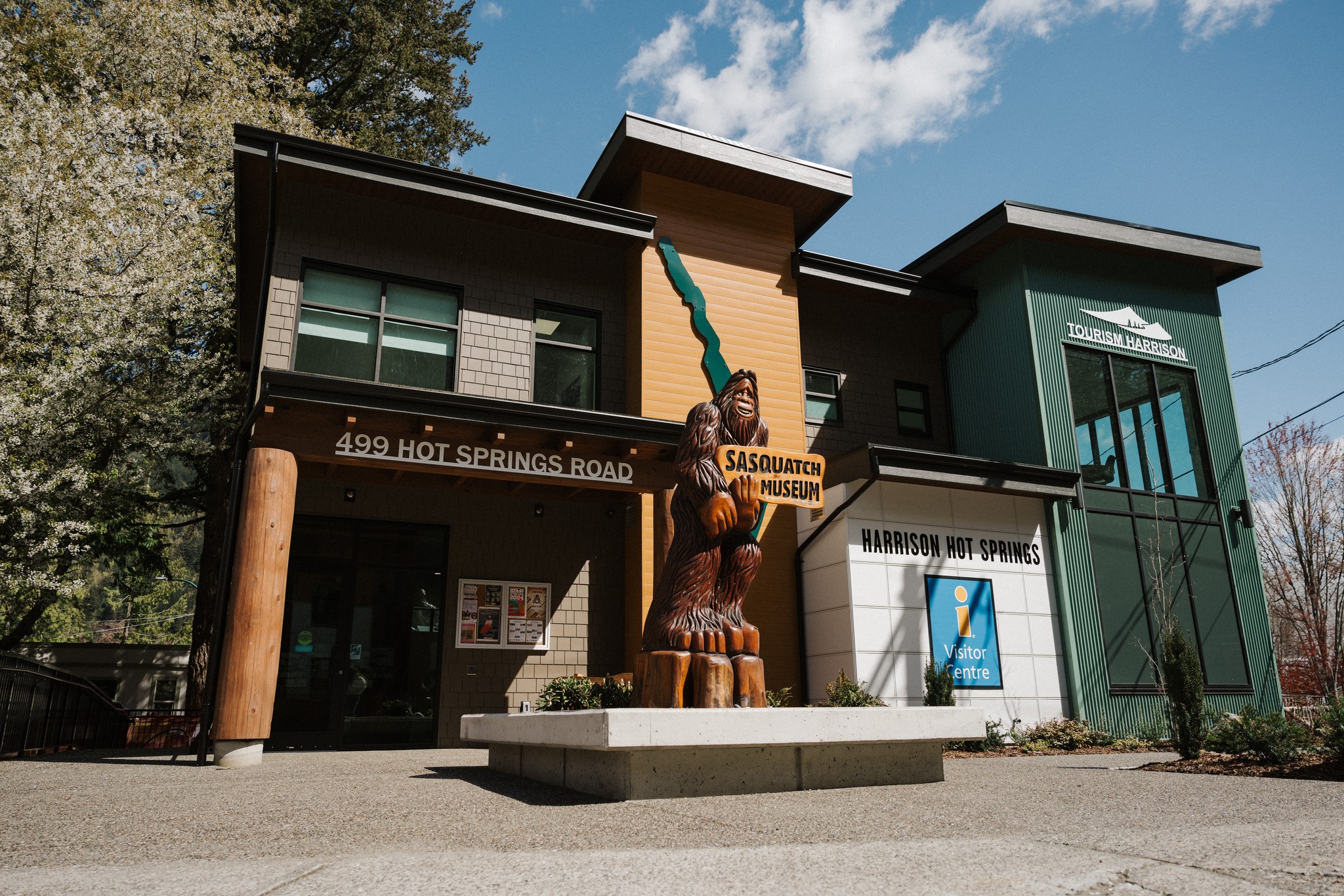Langley (Catherine Hercus) What do you think of when you think of Christmas? Visiting Santa, buying gifts, parties and light displays. If you’re like me, looking at Christmas lights is one of the highlights of the holiday season. Unfortunately, the sparkling lights, lighted inflatables, and other electrical decorations can be a fire hazard. The following Christmas lights safety tips from HighMark Service Group will ensure you have a very Merry Christmas, and a safe New Year!
- Buy a fire-resistant artificial tree. It’s important to buy an artificial tree that’s labelled “fire retardant.” This doesn’t mean the tree won’t catch fire, but it will resist burning and can be extinguished quickly. Don’t use electrical decorations or light strings with metallic leaves. If they contact broken bulbs or live wires, they can cause an electrical short circuit.
- Find the freshest real tree. When you’re looking at real trees, buy one that’s fresh. Don’t buy a tree that is already dry and losing needles. A dry tree is more likely to catch fire from electrical sparks. Make sure you trim your fresh tree with non-combustible decorations and low heat producing light strings (such as LEDs).To keep it fresh, cut the bottom at a 45 degree angle and stick it in water.
- Keep your tree away from heat sources. Make sure your tree doesn’t come into contact with baseboard or portable heaters, or a fireplace.
- Check your lights. This is one of most important safety tips for Christmas lights. Before you string lights up on your tree or outside your home, make sure they all light up. Plug them in to see if all of the lights turn on, unplug and replace any broken bulbs. Look for frayed wires or cracked cords. Toss out any damaged lights. You don’t want your lights to short and cause a fire.
- Don’t overload electrical outlets and circuits. This is a common cause of electrical fires. Remember the 80% rule! Only load a 15 amp circuit up to 12 amps, and a 20 amp circuit up to 16 amps.
- Check the amperage of your decorations and extension cords. Match the power requirements of your electrical decorations and the extension cords. The cord should be rated equal to or higher than the connected load(s), otherwise it can overheat. If you put up a lot of lights each year, it’s important to use multiple extensions cords. For older incandescent lights, it is recommended to link a maximum of three strands of lights. However, if you’re using energy saving LEDs, it’s safe to connect up to 25 strands.
- Check how many sets of lights can be plugged together.Follow the manufacturer’s recommendations on how many sets of lights can be plugged in together in a single string.
- Make sure your extension cords don’t overheat. Check the temperature by touching the cord. If it’s hot, unplug it.
- Replace incandescent bulbs with LED. LED lights don’t get as hot and use less energy.
- Protect extension cords from damage. Cords should never be attached by nails or staples, pinched by furniture, forced into small spaces, placed under rugs, or located near heat sources.
- Only use outdoor lights outdoors. This may seem like a no brainer, but if you plan to hang lights outside, always use ones which are labeled for outdoor use. If indoor lights are used outside, they can be damaged by snow or rain and cause an electrical hazard. Also, make sure that the lights don’t come into contact with any flammable items.
- Always look up before putting up any outside lights. Look for any overhead hazards, such as power, telephone, or cable lines.
- Keep all outdoor extension cords and light strings out of snow and water. Raise cords and lights off the ground with a brick or rock.
- Make sure that all of your outdoor circuits are protected by ground fault circuit interrupters (GFCIs). If you are using non-GFCI circuits, then purchase cords or devices that provide portable, in-line GFI protection. You can buy these at most home improvement stores.
- Use wood or fiberglass ladders when decorating outdoors. Metal ladders conduct electricity and can give you an unwanted electric shock!
- Always use insulated hooks. Hanging lights with nails, tacks or screws can pierce the cable on a string of lights. Instead, hang your lights with insulated hooks to avoid any electrical emergencies.
- Only buy certified electrical decorations. Check that your decorations have a label showing that they are certified by UL, CSA, or an accredited inspection agency.
- Turn off and unplug the lights when you’re out or sleeping. Is it safe to leave Christmas lights nights on all night? No, you shouldn’t leave your Christmas lights on all the time. Not only is this is a safety issue, this will increase your electricity bill.
- Pack up your lights. When the holidays are over, pack up your Christmas lights in well-sealed containers. This prevents potential water damage and rodents from chewing on the cords.
If you have any electrical questions call High Mark Service Group at 604-245-8970 serving Langley, Abbotsford, Chilliwack, or check their website at https://highmarkplumbing.com/van/













